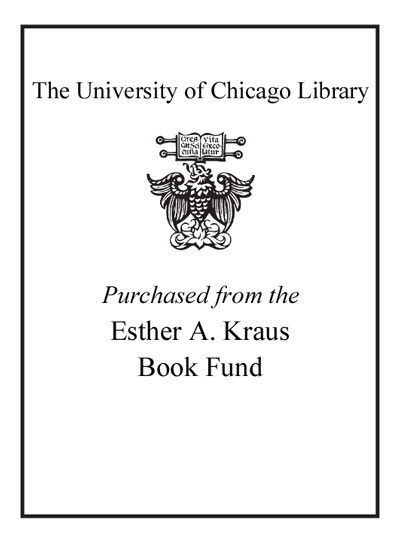Aquaculture and the environment /
Saved in:
| Author / Creator: | Pillay, T. V. R. |
|---|---|
| Edition: | 2nd ed. |
| Imprint: | Oxford, UK ; Malden, MA : Blackwell Pub., c2004. |
| Description: | xii, 196 p. : ill. ; 26 cm. |
| Language: | English |
| Subject: | |
| Format: | Print Book |
| URL for this record: | http://pi.lib.uchicago.edu/1001/cat/bib/5573807 |
Table of Contents:
- Preface
- Acknowledgements
- 1. Introduction
- 2. Water Quality
- 2.1. Aquaculture Farms
- 2.2. Open Waters for Stock Building and Stock Enhancement
- 3. Nature of Environmental Impacts
- 3.1. Conflicts with Other Uses
- 3.2. Sedimentation and Obstruction of Water Flows
- 3.3. Effluent Discharges
- 3.4. Hypernutrification and Eutrophication
- 3.5. Chemical Residues
- 3.6. Other Effects
- 4. Extent of Environmental Impacts
- 4.1. Quantification of Effluent Discharges
- 4.2. Assessment of Pollutive Effects
- 5. Siting and Design of farms
- 5.1. Restrictions on the Use of Potential Sites
- 5.2. Basic Data for Site Selection
- 5.3. Siting Farms on Marshes and Mangroves
- 5.4. Selection of Water Bodies and Stocks to be Enhanced
- 5.5. Farm Design
- 6. Use of Natural Resources
- 6.1. Sources and Utilization of Land Water Resources
- 6.2. Use of Animal Wastes
- 6.3. Use of Sewage
- 6.4. Use of Heated-water Effluents
- 6.5. Recycling of Water
- 6.6. Use of Trophic Levels in Aquaculture
- 7. Waste Production in Aquaculture
- 7.1. Feed-derived and Metabolic Waste Products
- 7.2. Wastes from Food and Feedstuffs
- 7.3. Feed Loss
- 7.4. Methods of Measuring Waste Production
- 7.5. Fertilizer-derived wastes
- 7.6. Residues of Biocides and Biostats
- 7.7. Algal Blooms
- 7.8. Bacterial Communities
- 8. Pattern and Effect of Waste Discharges
- 8.1. The Nature of Waste Discharges
- 8.2. Polyculture
- 9. Introduction of Exotics and Escape of Farmed Species
- 9.1. Species Diversity
- 9.2. Ecological Effects of Introductions
- 9.3. Transmission of Diseases
- 9.4. Control of Introductions
- 9.5. Genetic Dilution due to Escape of Farmed Animals
- 9.6. Guidelines for Management of Movement of Live Aquatic Animals
- 10. Pathogens in the Aquatic Environment
- 10.1. Occurrence of Pathogens
- 10.2. Environmental Causes of Disease
- 10.3. Controlling the Spread of Communicable Diseases
- 11. Birds and Mammals in Aquaculture
- 11.1. Breeding Programmes and Genetically Modified Food Products
- 11.2. Effect of Aquaculture on Birds
- 11.3. Effect of Aquaculture on Predatory Mammals
- 12. Safety of Aquaculture Products
- 12.1. Breeding Programmes and Genetically Modified Food Products
- 12.2. Environmental Contaminants
- 12.3. Contamination by Trace Metals
- 12.4. Contamination by Organochlorines
- 12.5. Microbial Contamination of Shellfish
- 12.6. Contamination of Fish in Waste-water Ponds
- 12.7. Contamination by Algal Toxins
- 13. Sustainability of Aquaculture
- 13.1. Definition of Sustainability
- 13.2. Economic Sustainability
- 13.3. Environmental Sustainability
- 13.4. Social Aspects of Sustainability
- 13.5. Guidelines for Sustainable Aquaculture
- 14. Economics and Environmental Impact Assessments
- 14.1. Development Planning and Public Information
- 14.2. Aquaculture Development Zones
- 14.3. Environmental Impact Assessment
- 15. Mitigation of Adverse Effects
- 15.1. Land and Water Use
- 15.2. Culture Practices
- 15.3. Waste Treatment
- 16. Research and Regulation
- 16.1. Modelling the Environment
- 16.2. Regulatory Measures
- References and Further Reading
- Index


